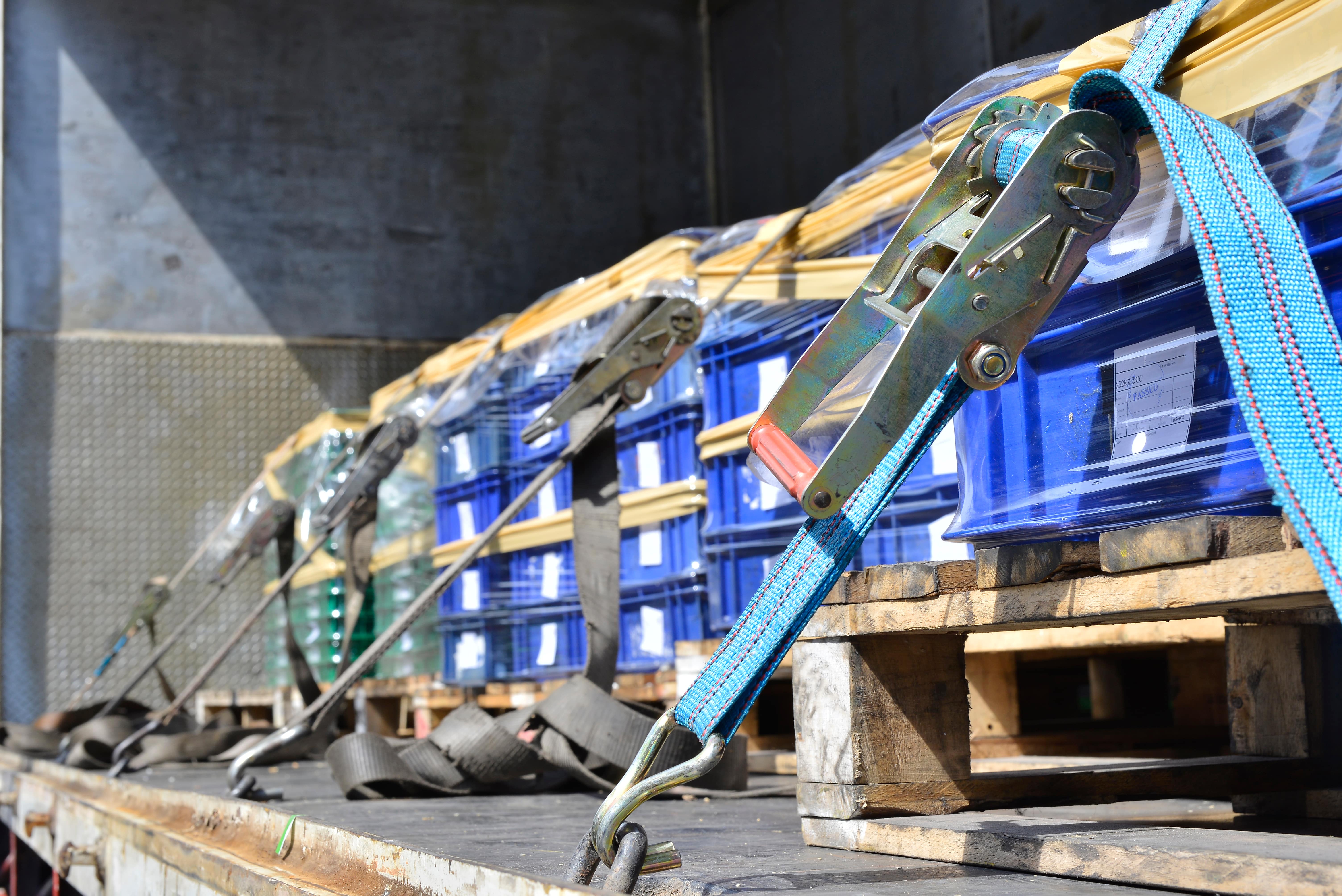Shipping in Stormy Weather: How to Secure Cargo & Distribute Weight Safely
P&O's Freight's guide to safe freight shipping in stormy weather conditions and the best methods of securing cargo.
Last updated:10 January 2023, 14:18
At P&O we carry around 2.2 million freight units every year. With over 180 years of experience in freight shipping, making sure that your shipment gets to its destination safely is something we are experts in.
To ensure your cargo shipping process goes smoothly, it’s a must to secure your load in line with safety standards for your region. And when stormy weather strikes, it’s essential to protect your cargo. Ensuring your cargo loading process follows the principles of safe weight distribution and avoids overloading will help to your goods get where they need to go safely. Make sure that your protocols are up to standard and that you are shipping cargo correctly with our guide.

The importance of securing cargo with safe weight distribution
When it comes to safe weight distribution, it’s essential to follow best practices to avoid damaging your freight cargo and risking the safety of workers on board ships. Anyone responsible for container loading should know that overloading part of your shipment with unsafe weight distribution also risks damaging the axle and tyres of your transportation vehicle. If you fail to follow weight guidance and health and safety laws correctly, you are risking refusal by P&O for overweight and unsafe shipping.
There are a few possible ways to do cargo strapping and we will cover some of the most common lashing techniques below. Be sure to check that you are using the safest and most efficient method for your cargo type.
Cargo weight distribution steps
If you are planning to use P&O Freight’s shipping services, taking time to prepare your cargo trailer avoids the risk of unintended damage while your freight is in transit. Stormy weather makes this even more crucial so remember to pack your cargo tightly and secure it to the platform bed with an approved method of securing cargo.
Filling your container or storage space as much as possible will reduce the risk of shifting cargo. Along with securing cargo and container lashing, labelling any hazardous or dangerous goods is also essential for our teams to know what they are handling.

Methods of securing cargo
Stopping your cargo shipping containment from moving around requires a time-tested method for securing sea freight. These are four of the most used ways to tie down your goods for cargo shipping.
• Straight Lashing: Straight lashing goes between the sides of your cargo and the platform bed and should be between angles of 30 and 60 degrees.
• Spring Lashing: Spring lashing works by stopping your cargo from sliding or tipping. Your load securing strap should be at a maximum angle of 45 degrees upwards from the platform bed and shipment fastening.
• Loop Lashing: This method ensures cargo doesn’t slide or tip and a minimum of one pair of loop lashings should go around any objects secured in this way. Larger shipments often require up to two pairs of loop lashings for safety.
• Top Over Lashing: For this technique, your load restraints should go between the platform bed and cargo at somewhere between a 75 and 90-degree angle. For an angle of less than 30 degrees, it’s recommended to use a different load securing method.

Types of load securing methods
The most common ways you can secure a sea freight load are through containment and restraint. Understanding how each work can help you to decide which is best for your shipment. Containment works by restricting your loading area so each item in your container or cargo area rests against another or the walls of your sea transport container. Any gaps should be no bigger than a few centimetres as containment is the force holding everything in place.
A cargo restraint approach gives you load security by increasing pressure between your cargo and the surface it is loaded on. This pressure is generated with the use of lashing equipment which pulls down on your load to keep it in place with friction against the floor. While these are the main methods that we use to secure goods in transit, keep in mind that it is your responsibility to make sure your cargo is safely secured within your vehicle or container to avoid moving around.
When you’re loading your next shipment, keep these safety tips in mind – to transport with P&O Freight, contain our team to find the ideal shipping route for your load and book today.